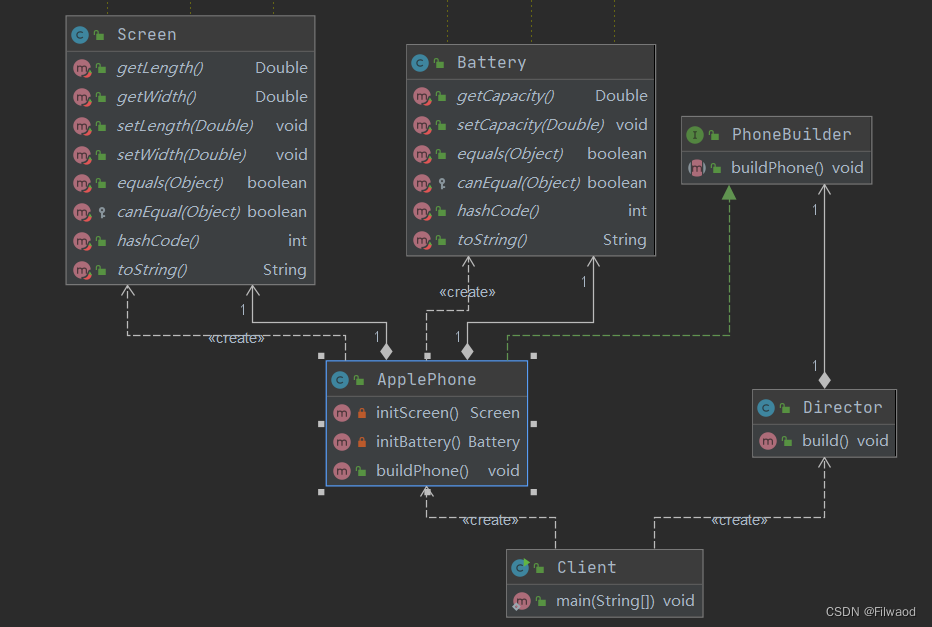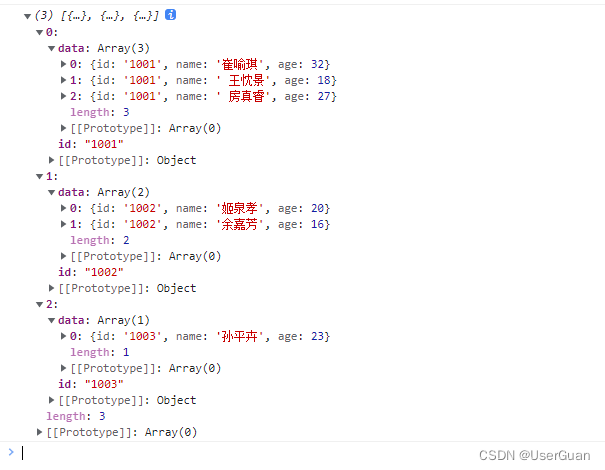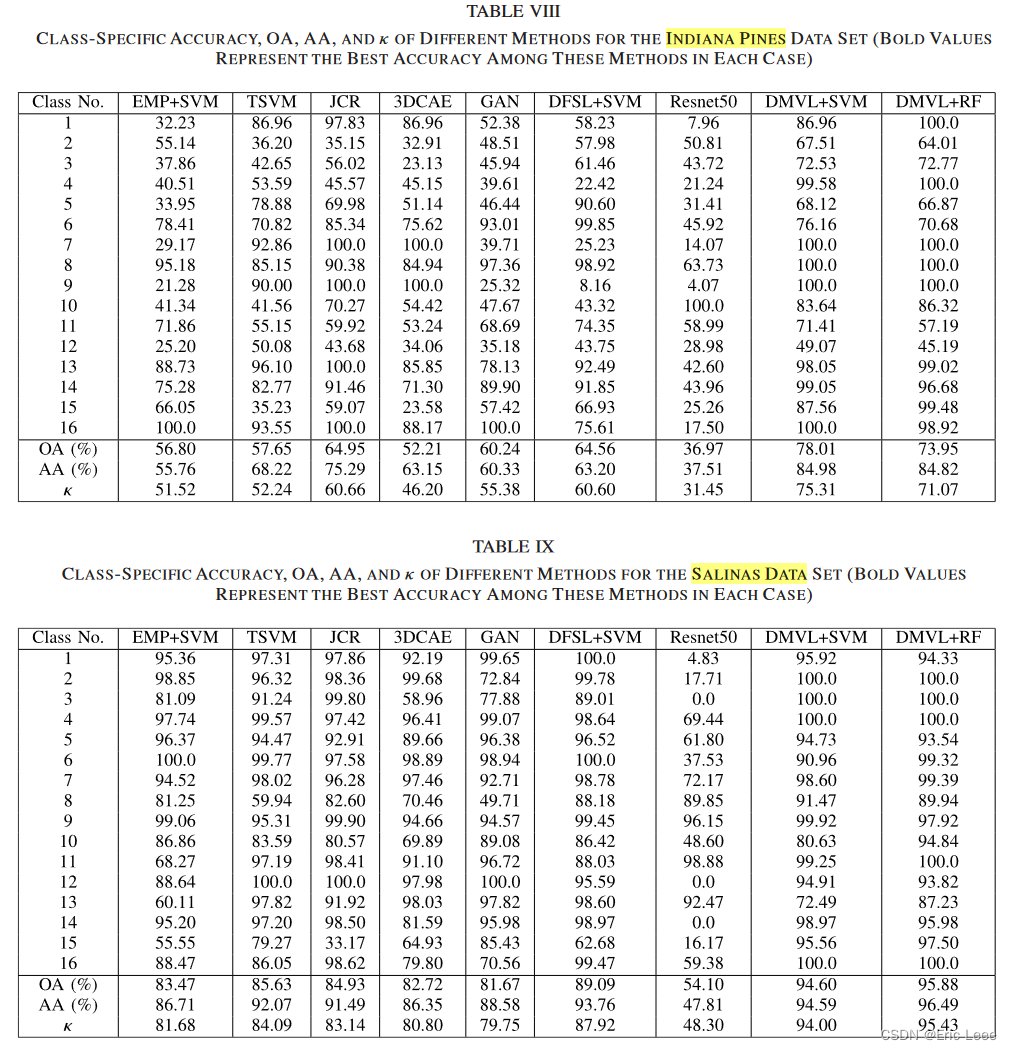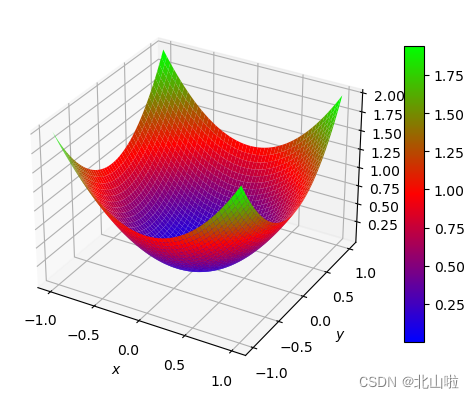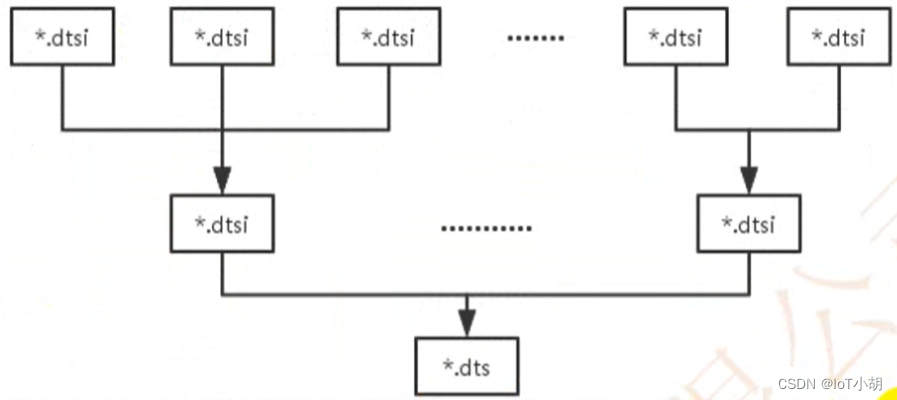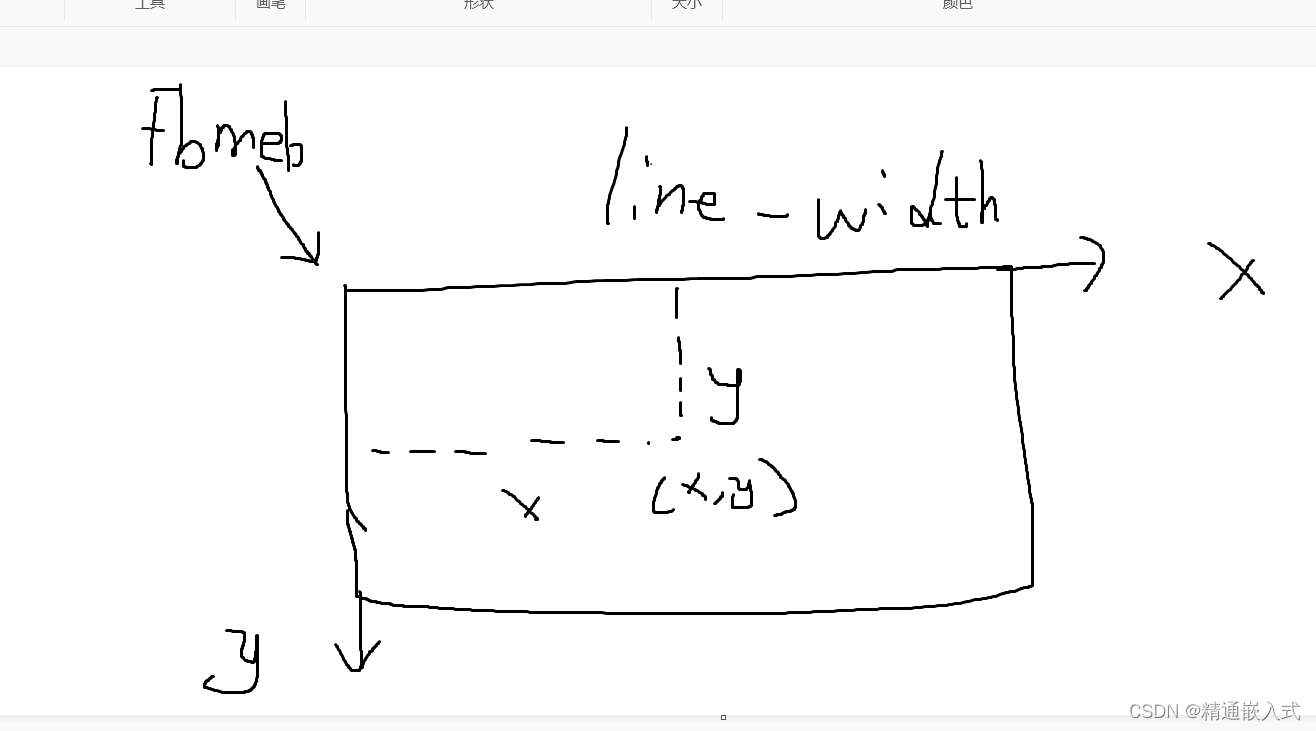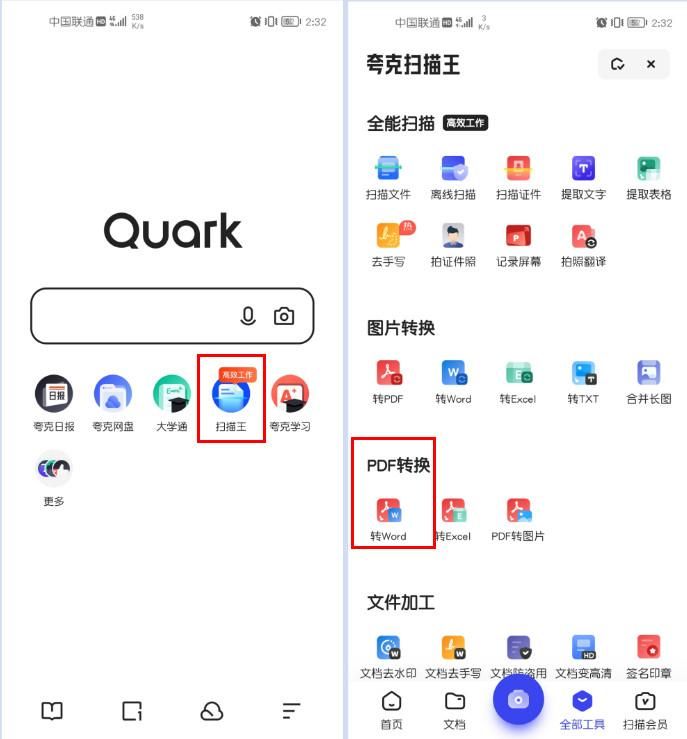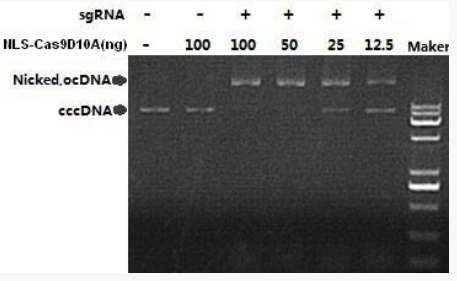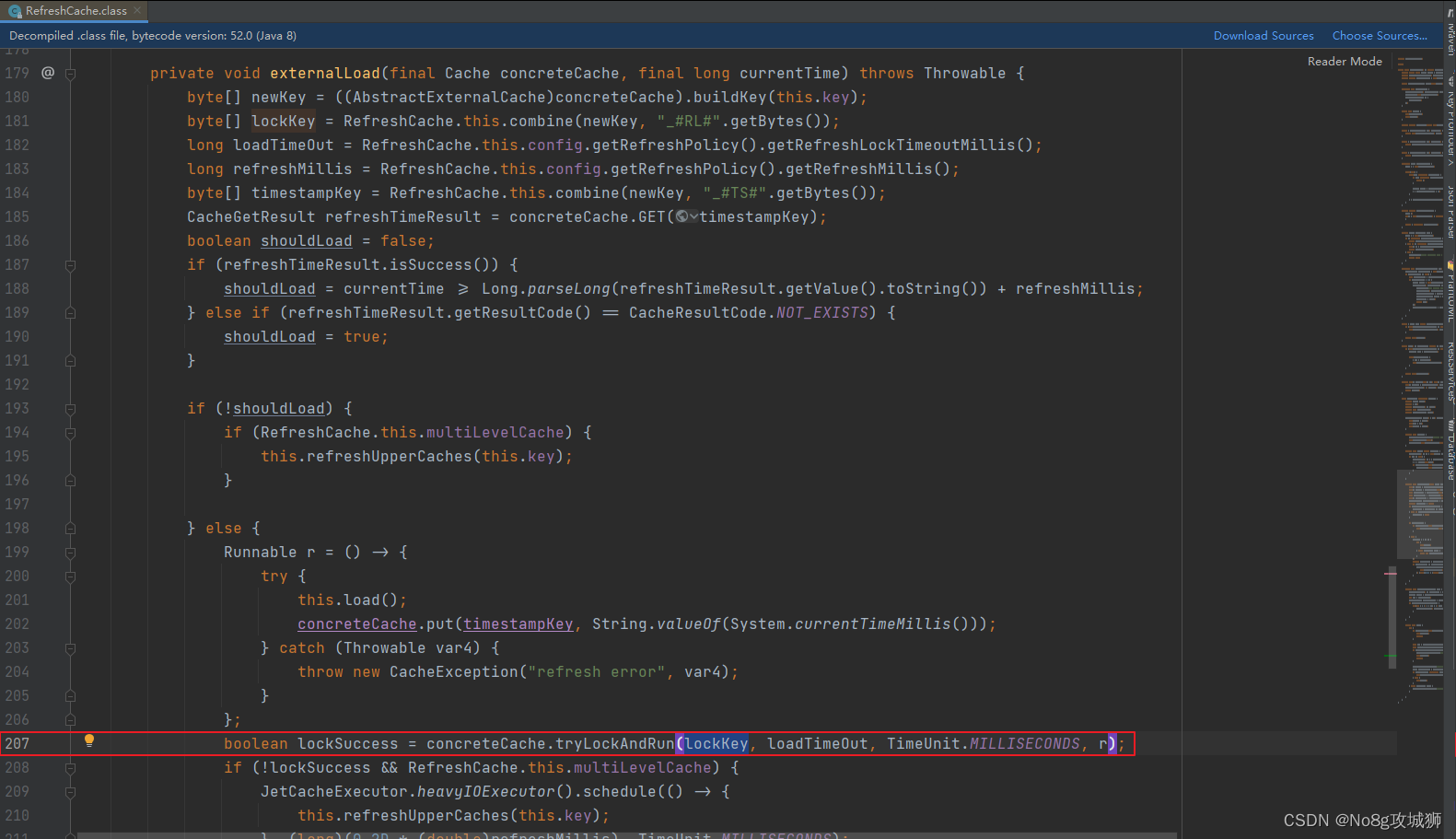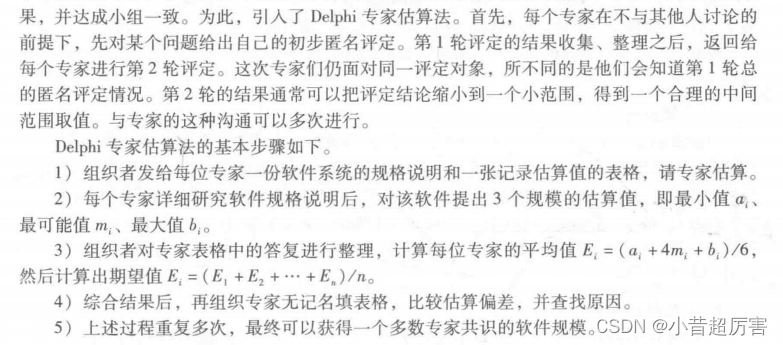内核参数验证的重要性
内核模式之所以有别于用户模式,在于内核模式应该是安全、可信的。用户系统调用可以传入各式各样的参数,可能是代码无意写错或因不预期的内存覆盖"暗地修改"参数,也可能是Hack有意传入,内核都应当妥善处理,避免内核读写到不预期的地址,造成内核被破解或不稳定。
NtCreateProcessEx
NTSTATUS
NtCreateProcessEx(
__out PHANDLE ProcessHandle,
__in ACCESS_MASK DesiredAccess,
__in_opt POBJECT_ATTRIBUTES ObjectAttributes,
__in HANDLE ParentProcess,
__in ULONG Flags,
__in_opt HANDLE SectionHandle,
__in_opt HANDLE DebugPort,
__in_opt HANDLE ExceptionPort,
__in ULONG JobMemberLevel
)
{
NTSTATUS Status;
PAGED_CODE(); /* 判断是否在可访问分页内存的IRQL */
if (KeGetPreviousMode() != KernelMode) {
//
// Probe all arguments
//
try {
ProbeForWriteHandle (ProcessHandle); /* 检查handle是否可写 */
} except (EXCEPTION_EXECUTE_HANDLER) {
return GetExceptionCode ();
}
}
if (ARGUMENT_PRESENT (ParentProcess)) { /* 判断父进程handle是否存在 */
Status = PspCreateProcess (ProcessHandle,
DesiredAccess,
ObjectAttributes,
ParentProcess,
Flags,
SectionHandle,
DebugPort,
ExceptionPort,
JobMemberLevel);
} else {
Status = STATUS_INVALID_PARAMETER;
}
return Status;
}- NtCreateProcessEx默认是创建用户模式进程,必须有父进程。
- PsCreateSystemProcess才可创建系统进程,默认父进程handle为PspInitialSystemProcessHandle.
ProbeForWriteHandle
FORCEINLINE
VOID
ProbeForWriteHandle (
IN PHANDLE Address
)
{
if (Address >= (HANDLE * const)MM_USER_PROBE_ADDRESS) {
Address = (HANDLE * const)MM_USER_PROBE_ADDRESS;
}
*((volatile HANDLE *)Address) = *Address;
return;
}比较有意思的是,先判断地址是否越过默认的MM_USER_PROBE_ADDRESS,如果超过,说明在内核空间,不能向内核空间随便写数据测试权限,先把地址改成MM_USER_PROBE_ADDRESS做读写确认。
这种情况,似乎检查了个寂寞。
在PspCreateProcess结尾有如下这段code再次确认写ProcessHandle是否有异常:

try/except处理异常的方式是NOTHING! 这个应该是不恰当的处理方式。
ProbeForWrite
VOID
ProbeForWrite (
__inout_bcount(Length) PVOID Address,
__in SIZE_T Length,
__in ULONG Alignment)
{
ULONG_PTR EndAddress;
ULONG_PTR StartAddress;
#define PageSize PAGE_SIZE
if (Length != 0) { /* Length如果是0, 就不用检查了! */
//
// If the structure is not properly aligned, then raise a data
// misalignment exception.
//
/* Alignment必须是1/2/4/8/16之一 */
ASSERT((Alignment == 1) || (Alignment == 2) ||
(Alignment == 4) || (Alignment == 8) ||
(Alignment == 16));
StartAddress = (ULONG_PTR)Address;
if ((StartAddress & (Alignment - 1)) == 0) {
//
// Compute the ending address of the structure and probe for
// write accessibility.
//
EndAddress = StartAddress + Length - 1;
if ((StartAddress <= EndAddress) &&
(EndAddress < MM_USER_PROBE_ADDRESS)) {
EndAddress = (EndAddress & ~(PageSize - 1)) + PageSize;
do {
*(volatile CHAR *)StartAddress = *(volatile CHAR *)StartAddress;
StartAddress = (StartAddress & ~(PageSize - 1)) + PageSize;
} while (StartAddress != EndAddress);
return;
} else { /* 地址范围不在用户空间可探测区域,抛出访问异常 */
ExRaiseAccessViolation();
}
} else { /* 起始地址未对齐, 抛出未对齐异常 */
ExRaiseDatatypeMisalignment();
}
}
return;
}-
官方介绍: ProbeForWrite.
-
ProbeForWrite例程检查的是用户模式缓冲区权限是否正确:是否可写且正确对齐。
-
内核和驱动对于用户模式参数必须用ProbeFor*系列函数确保权限正确,而且是任何需要访问用户模式参数的位置。这是因为调用者可能之后用另一个线程修改参数,导致之前的检测不能挡住所有可能的非法访问。
Drivers must call ProbeForWrite inside a try/except block. If the routine raises an exception, the driver should complete the IRP with the appropriate error. Note that subsequent accesses by the driver to the user-mode buffer must also be encapsulated within a try/except block: a malicious application could have another thread deleting, substituting, or changing the protection of user address ranges at any time (even after or during a call to ProbeForRead or ProbeForWrite). For more information, see Handling Exceptions.
核心代码
if ((StartAddress & (Alignment - 1)) == 0) { /* 起始地址对齐 */
//
// Compute the ending address of the structure and probe for
// write accessibility.
//
EndAddress = StartAddress + Length - 1;
if ((StartAddress <= EndAddress) && /* 起始地址肯定要小于结束地址 *//* 地址不能超过用户空间可Probe范围*/
(EndAddress < MM_USER_PROBE_ADDRESS)) {
EndAddress = (EndAddress & ~(PageSize - 1)) + PageSize;
do {/* 每次只读写StartAddr第一个字节确认即可, 因为是分页为单位管理! */
*(volatile CHAR *)StartAddress = *(volatile CHAR *)StartAddress;/* 以PageSize为单位, 每个PageSize只读写首字节即可确认! */
StartAddress = (StartAddress & ~(PageSize - 1)) + PageSize;
} while (StartAddress != EndAddress);return;
}
}
核心在于MM_USER_PROBE_ADDRESS.
MM_USER_PROBE_ADDRESS
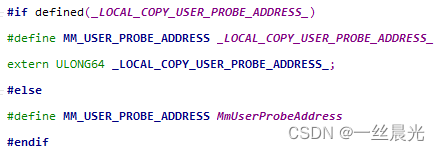
内存管理模块初始化会设置初始值。

/* Amd64 */
#define MI_HIGHEST_USER_ADDRESS (PVOID) (ULONG_PTR)((0x80000000000 - 0x10000 - 1)) // highest user address
#define MI_SYSTEM_RANGE_START (PVOID)(0xFFFF080000000000) // start of system space
#define MI_USER_PROBE_ADDRESS ((ULONG_PTR)(0x80000000000UI64 - 0x10000)) // starting address of guard page/* x86 */
#define KSEG0_BASE 0x80000000- 64位系统,赋值为系统空间0xFFFF080000000000向下64KB.
- 32位系统,赋值为系统空间0x8000 0000向下64KB.
当然,用户空间也不能访问用于Probe的区域, 上图可以看到:MmHighestUserAddress被赋值为MI_USER_PROBE_ADDRESS - 1.
ARGUMENT_PRESENT
//
// Determine if an argument is present by testing the value of the pointer
// to the argument value.
//
#define ARGUMENT_PRESENT(ArgumentPointer) (\
(CHAR *)((ULONG_PTR)(ArgumentPointer)) != (CHAR *)(NULL) )32位和64位系统指针默认长度不一样,统一用可自定义长度的ULONG_PTR类型。

